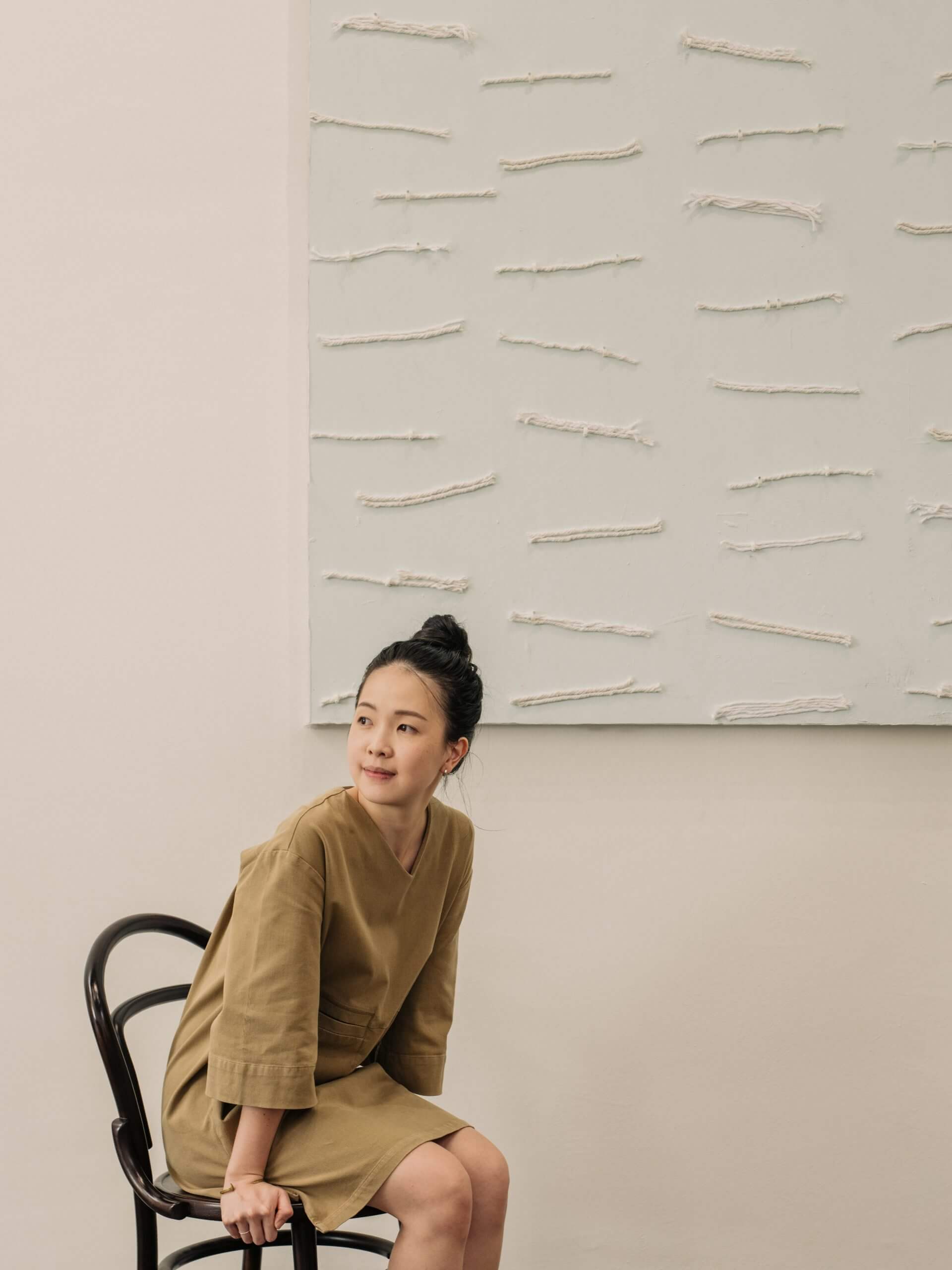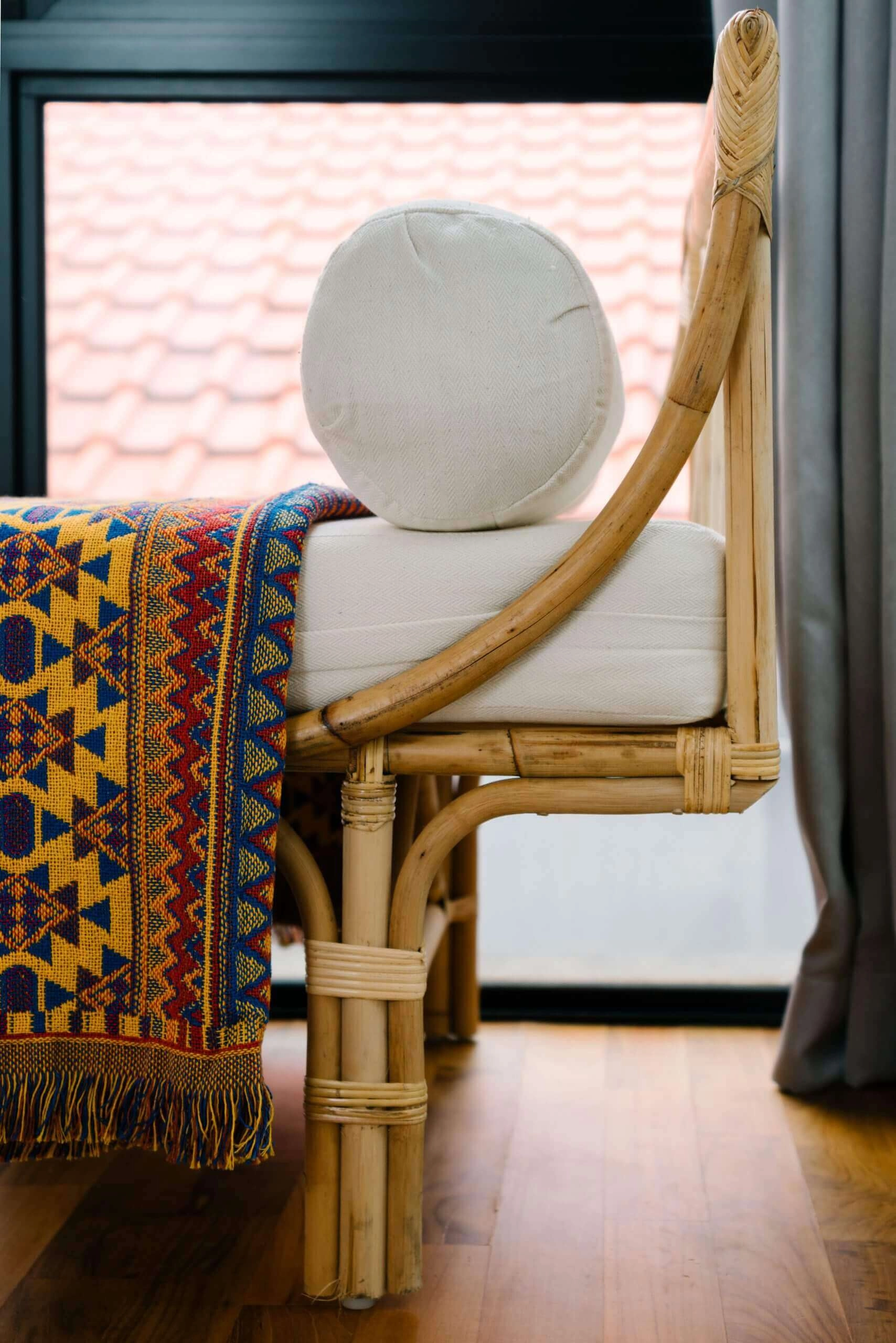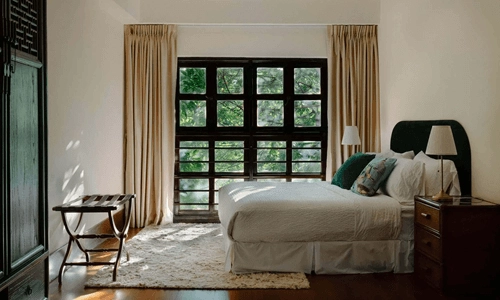The New York Times Style Magazine: Singapore

“When it comes to adaptive reuse projects, the question is always the same, how do we tread the line between the past and the present?” – Colin Seah of Ministry of Design
We’re humbled to cap off the month of March with a feature in The New York Times Style Magazine!
In her article A New Reimagining of Singapore Shophouses, Bianaca Husodo offers a layered examination of Figment’s Case Study Homes, detailing the thoughtful contemplations undertaken by each design studio – namely, Ministry of Design, SCENE SHANG, and Studio Juju- in resetting the internal character of the respective homes they were assigned.
Against the backdrop of Singapore’s cultural imagination, Husodo suggests that Figment’s Case Study Homes resolve to go beyond the familiar narrative of Singapore shophouses as nostalgic icons of the past, and instead succeed in becoming grounds for modern living, without forsaking a consideration for our built history altogether. As Husodo highlights, the Singapore shophouse simply signifies an “idea of home” to Figment Founder Fang Low. It is this simple premise that we see expanded upon, and take on new life in Canvas House, Shang House and Still House.
Principal designer Colin Seah, who helmed Canvas House’s impressive all-white interiors, seems to summarize the big sentiment that threads through the restoration process of all three Case Study Homes, “How do we tread the line between the past and the present?”
Read the full article below to see how each design label responded to this challenge, and in the process dreamed up stunning abodes with distinctive characters and a thoughtful regard for their co-living inhabitants as a result.
A New Reimagining of Singapore Shophouses, The New York Times Style Magazine: Singapore, March 2020.
By Bianco Husodo.
Read the full article here A New Reimagining of Singapore Shophouses






Comments